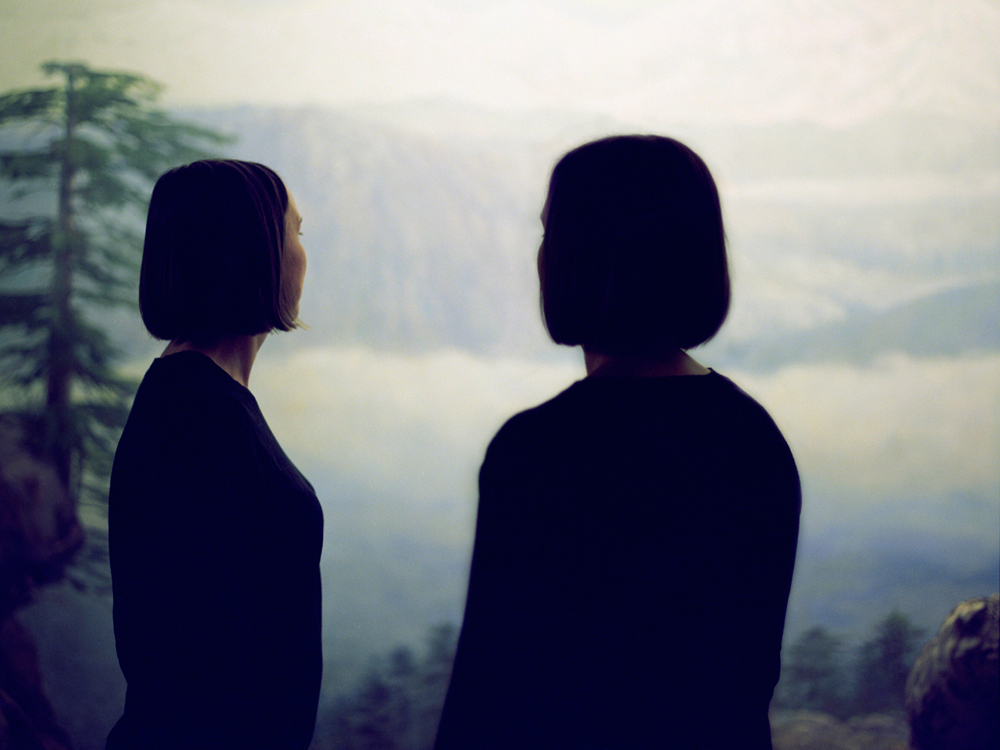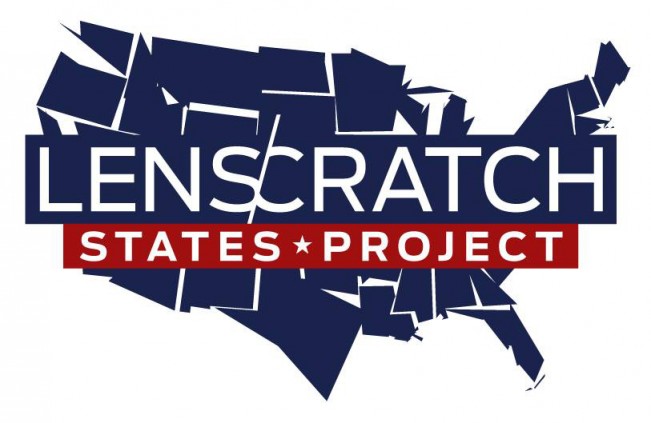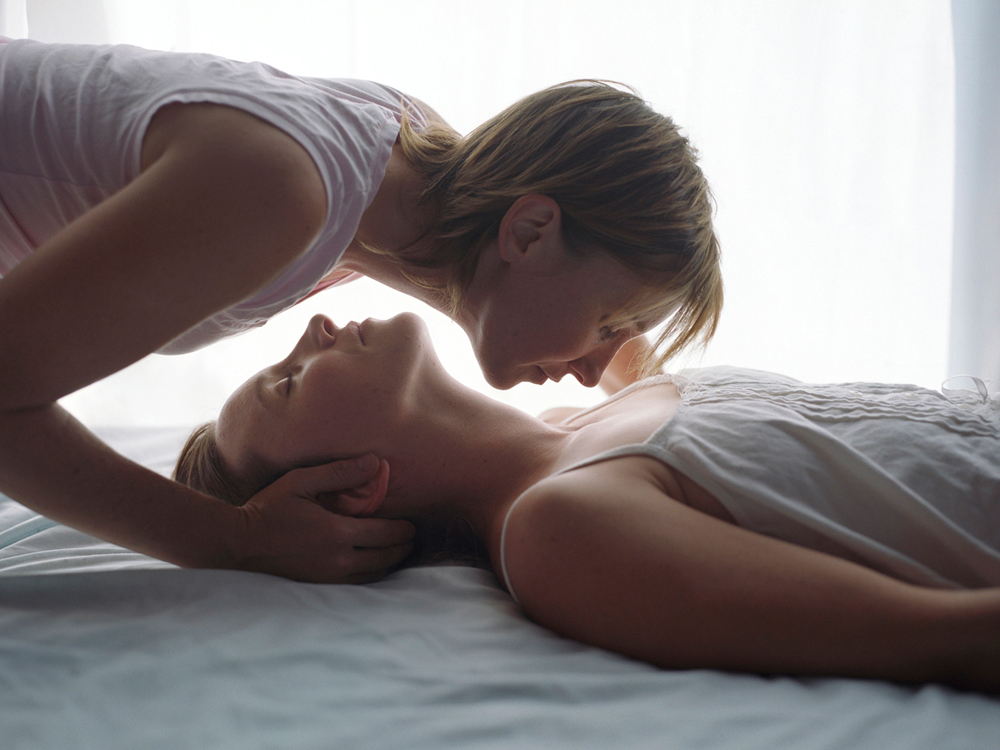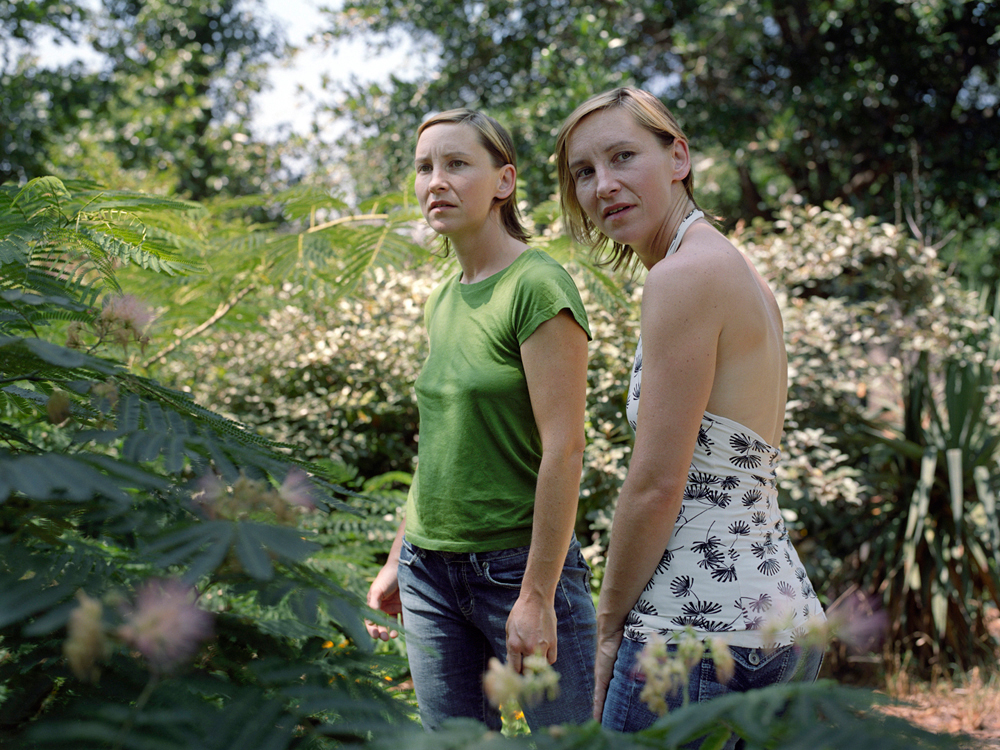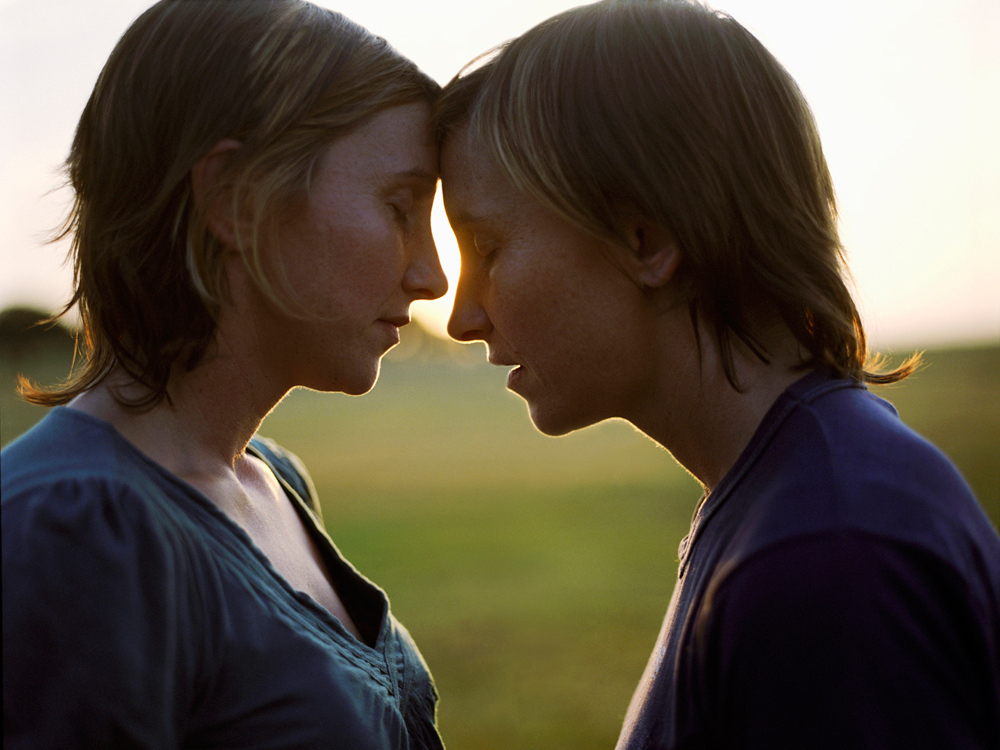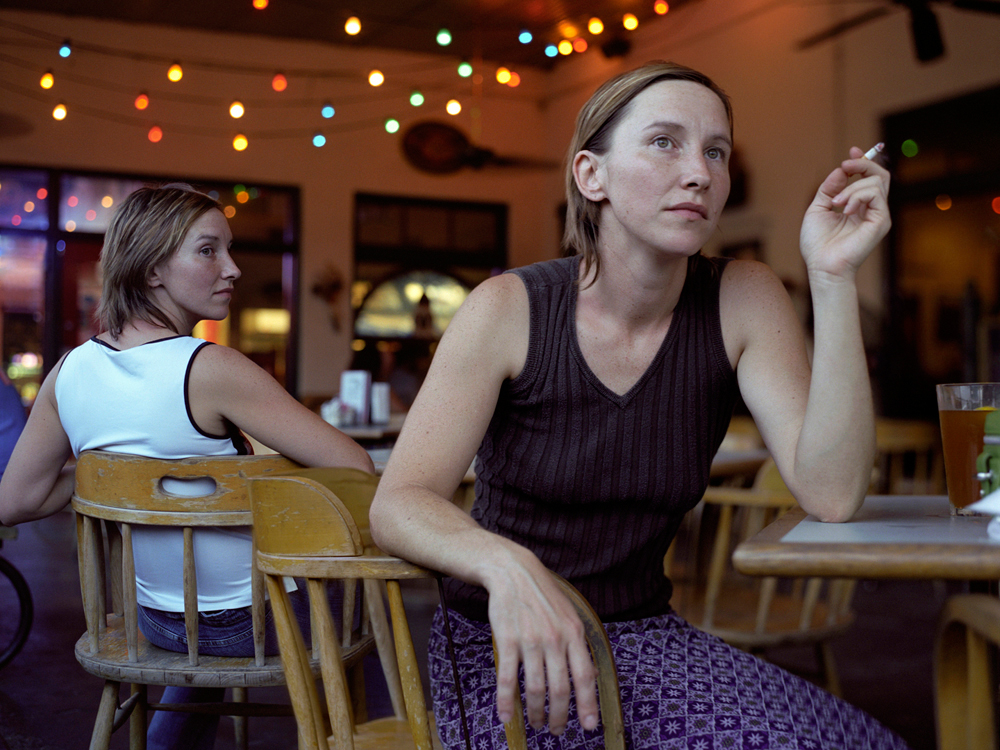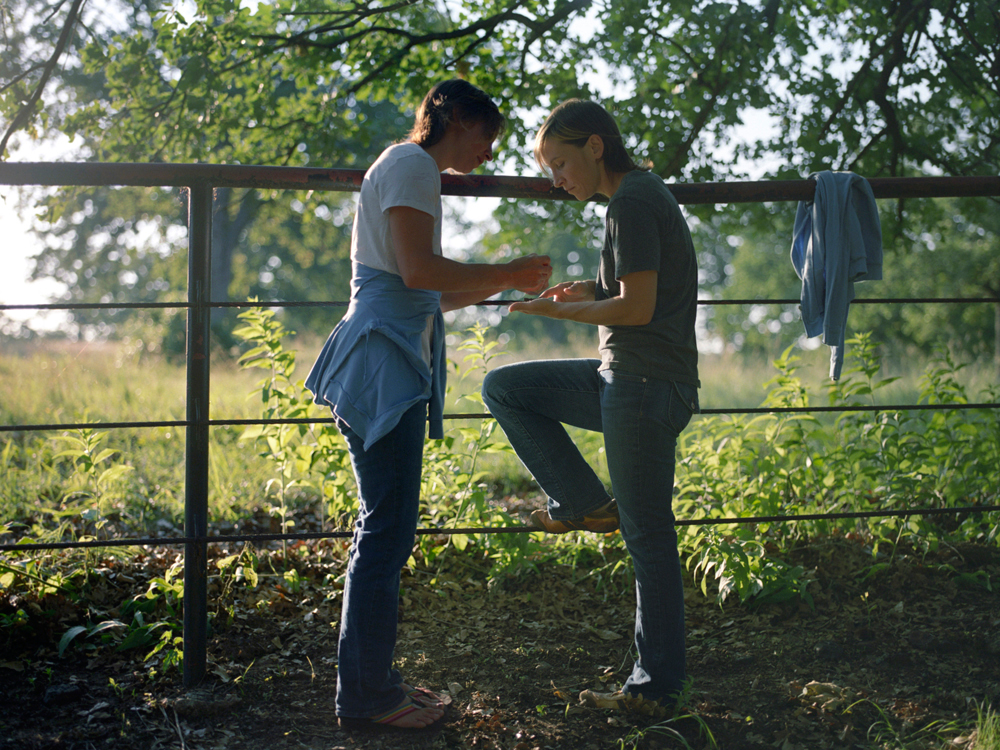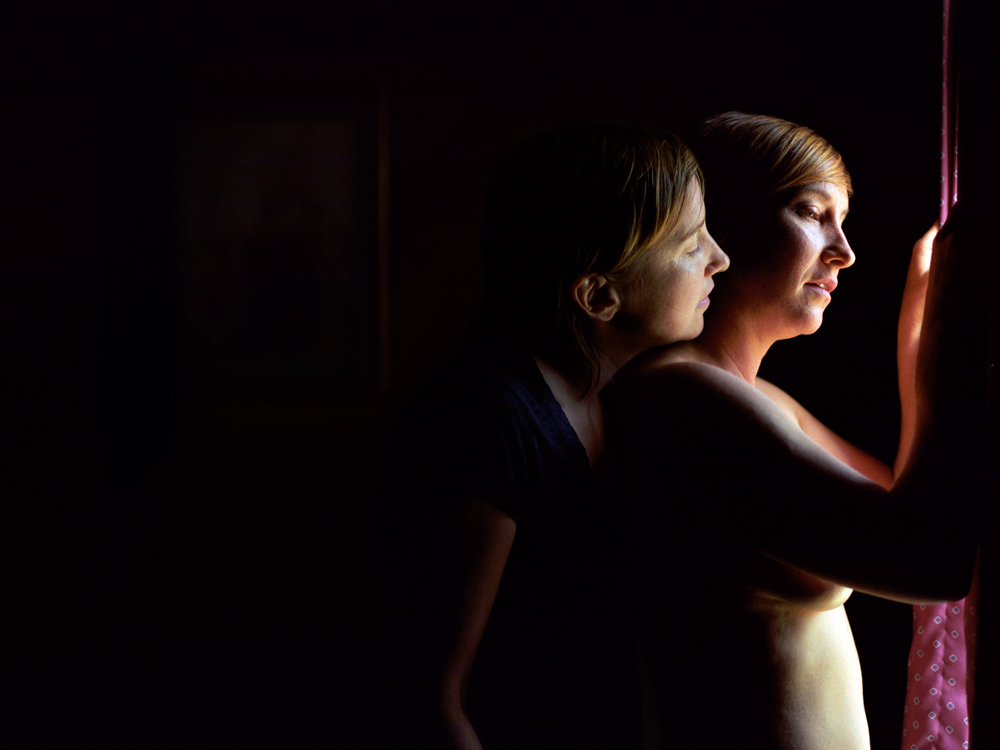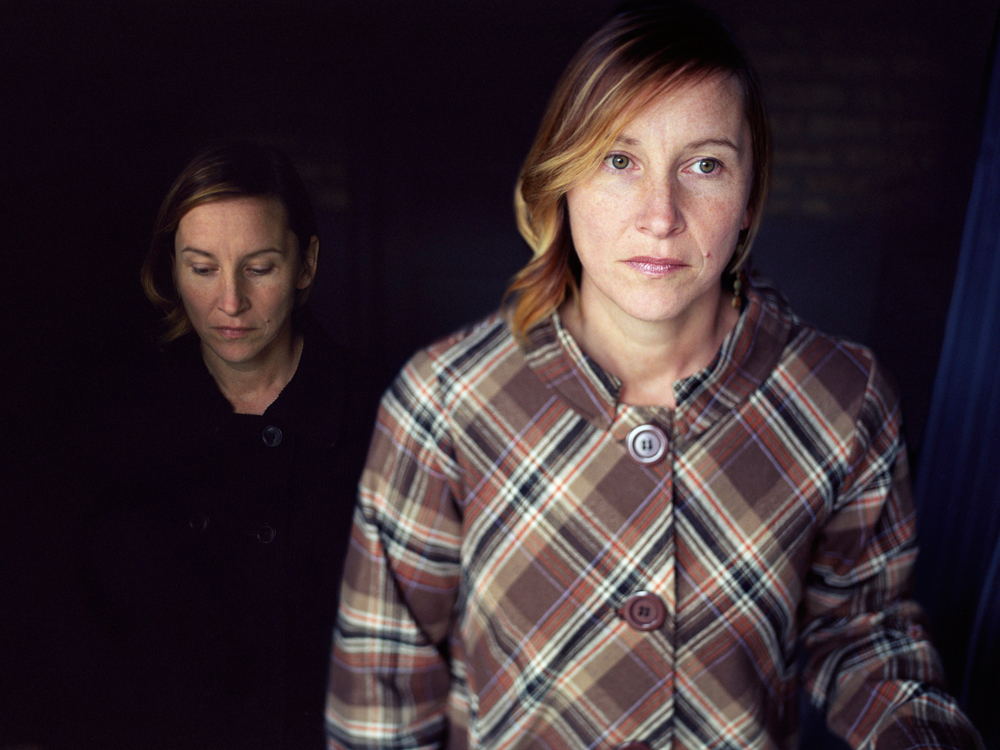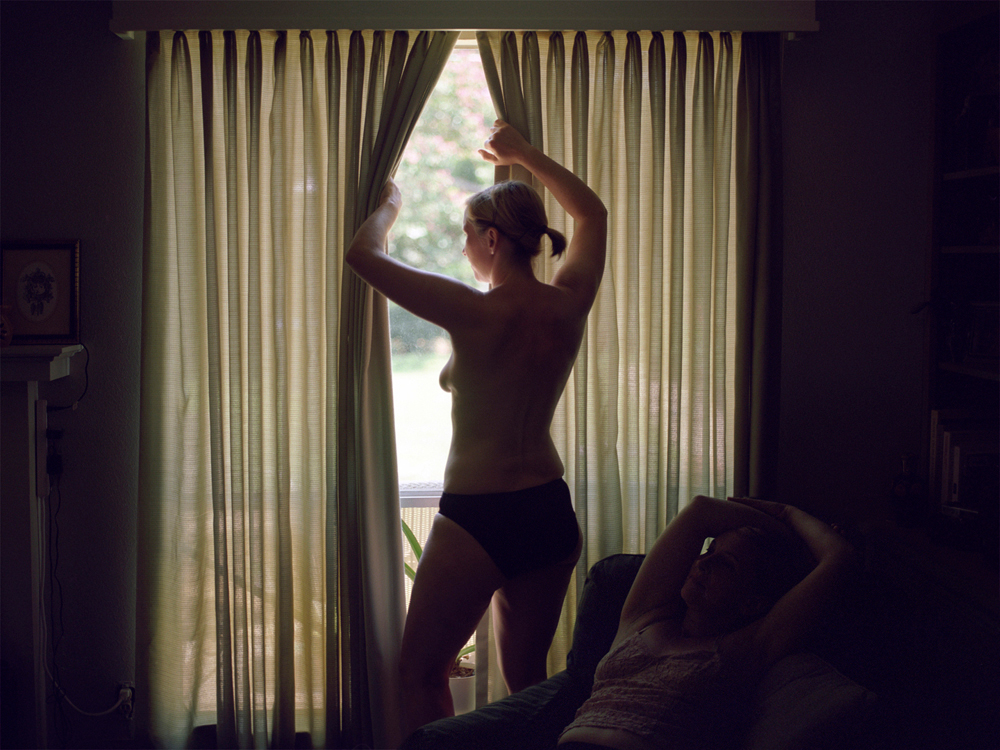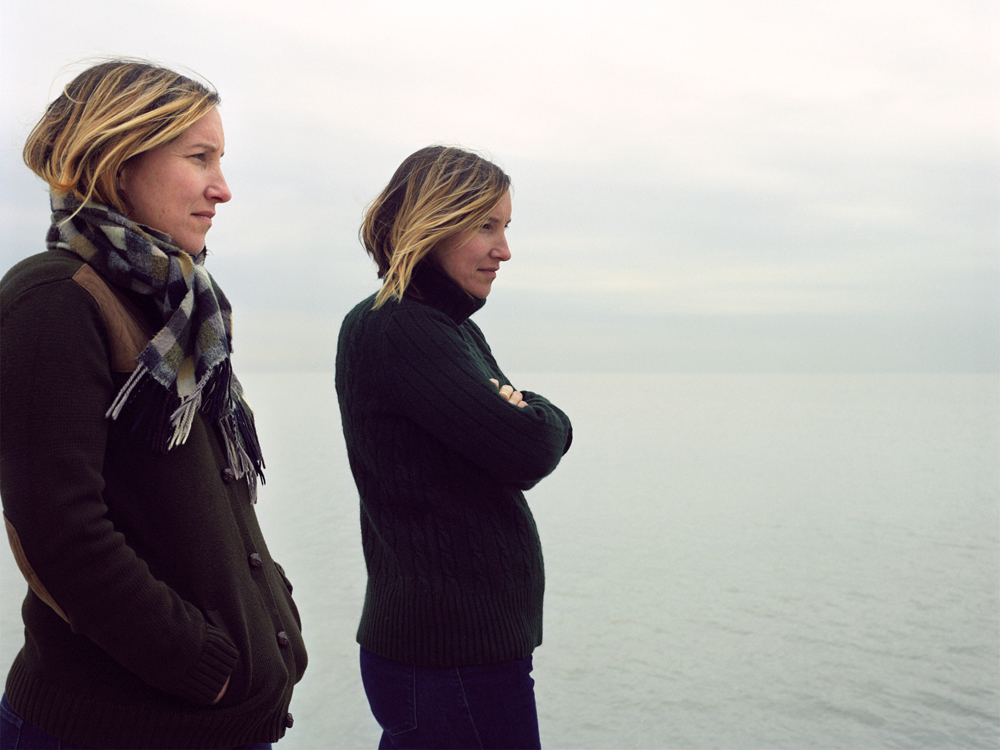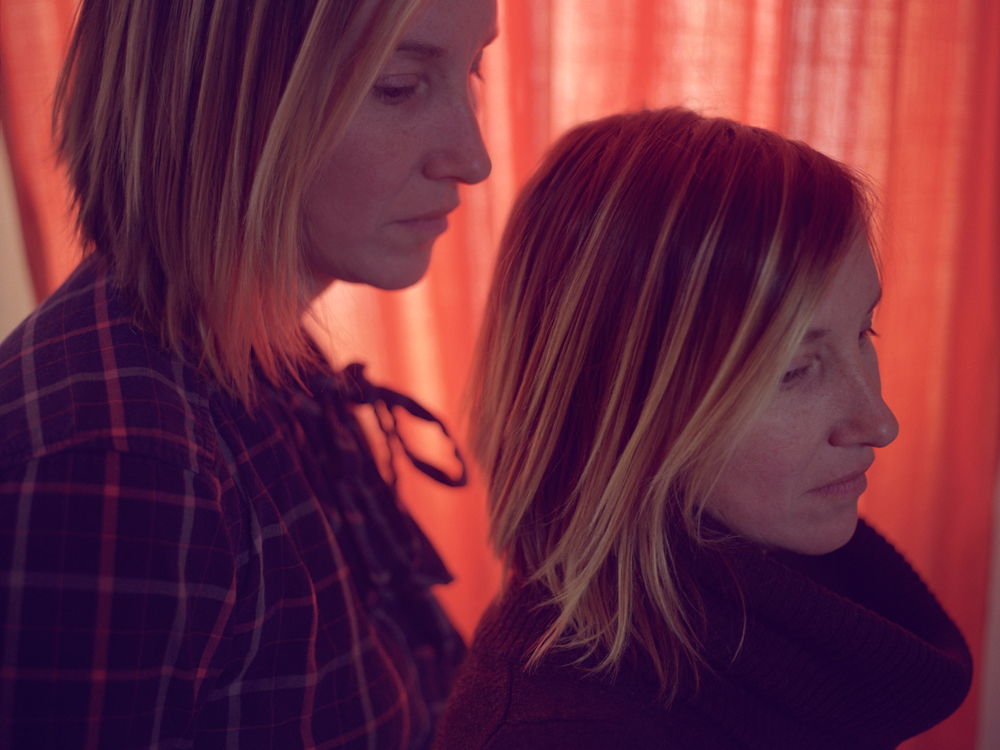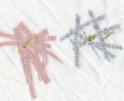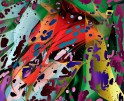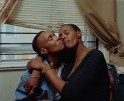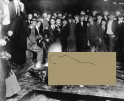Kelli Connell: The States Project: Illinois
There are very few incidences where I have the chance to experience photographs in person before I come across them online. It was years ago when I happened upon Double Life in a gallery setting. Captivated by the intimacy of these two women—friends, lovers, twins, it didn’t matter—I was overcome with emotions that I had not yet known. Even now, the story that Kelli Connell has unraveled continues to evoke these sentimental desires.
It is with great excitement that LENSCRATCH welcomes Kelli as the Illinois contributor for The States Project. Today, Kelli speaks about her experiences as a transplant, how it has effected her practice, and what is on the horizon.
Kelli Connell’s body of work entitled Double Life has been widely received and is included in numerous national solo and group exhibitions. Her work is in the collections of The Metropolitan Museum of Art, Los Angeles County Museum of Art, Columbus Museum of Art, Museum of Fine Arts, Houston, Museum of Contemporary Photography, Microsoft, The Haggerty Museum of Art and The Dallas Museum of Art. Recent publications include MP3: Midwest Photographers’ Publication Project (Aperture and The Museum of Contemporary Photography), Vitamin Ph: New Perspectives in Photography (Phaidon) and Photo Art: The New World of Photography (Aperture). Connell’s first full length monograph entitled Kelli Connell: Double Life was released by DECODE Books in August 2011. Kelli Connell lives in Chicago.
Double Life
These images were created from manipulating two or more negatives in Adobe Photoshop. Using the computer as a tool to create a “believable” situation is not that different from accepting any photograph as an object of truth, or by creating a story about two people seen laughing, making-out, or quarreling in a restaurant. These photographs reconstruct the private relationships that I have experienced personally, witnessed in public, or watched on television. The events portrayed in these photographs look believable, yet have never occurred. By digitally creating a photograph that is a composite of multiple negatives of the same model in one setting, the self is exposed as not a solidified being in reality, but as a representation of social and interior investigations that happen within the mind.
This work represents an autobiographical questioning of sexuality and gender roles that shape the identity of the self in intimate relationships. Polarities of identity such as the masculine and feminine psyche, the irrational and rational self, the exterior and interior self, the motivated and resigned self are portrayed. By combining multiple photographic negatives of the same model in each image, the dualities of the self are defined by body language and clothing worn. This work is an honest representation of the duality or multiplicity of the self in regards to decisions about intimate relationships, family, belief systems and lifestyle options.
The importance of these images lies in the representation of interior dilemmas portrayed as an external object – a photograph. Through these images the audience is presented with “constructed realities”. I am interested in not only what the subject matter says about myself, but also what the viewers’ response to these images says about their own identities and social constructs.
Can you share your perspective on being an Illinois-based photographer?
I can’t speak for the state of Illinois in its entirety, but as far as Chicago goes, the photography scene here is outstanding. For decades Chicago has been home of some of the most innovative photographers in the history of the medium. Beginning in 1937 with the Institute of Design, under the name of the New Bahaus, Laszlo Moholy-Nagy, lead the program and attracted artists and designers from all over the world to study in Chicago. Some key photography instructors and students at ID included Harry Callahan, Aaron Siskind, Arthur Siegel, Frederick Sommer, Barbara Crane, Ray Metzker and Kenneth Josephson. The legacy of ID and these photographers is still present.
Chicago photographers are diverse in their approach to the medium with work fueled by the political and personal to work about the form and medium of photography itself. Chicago artists such as Dawoud Bey, Jeanne Dunning, Latoya Ruby Frasier, Barbara Kasten and Laura Letinsky have personally been an inspiration to me, among many others. The diversity of work seen in Chicago’s art galleries, museums and alternative venues helps to creates a vibrant community of active artists. Chicago is home to many important photography institutions, such as The Museum of Contemporary Photography, The Art Institute of Chicago, The Museum of Contemporary Art, The Renaissance Society, The DePaul Art Museum and The Block Museum, whose curators have made significant impacts in the field through the exhibitions that they have put together. There are three galleries dedicated to photography in Chicago: Catherine Edelman Galley, Stephen Daiter Gallery, and Schneider Gallery. Having access to these galleries and institutions is a phenomenal resource for all Chicago photographers.
Geographically you have had quite the shift in what one would refer to as home. Having experienced the South for such a long duration of your life, and a very fundamental time at that, was there a struggle to find a sense of home in Illinois?
Yes. I was very active in the Dallas/Fort Worth art scene, and would also travel to Houston frequently. When I moved here I found the scene in Chicago harder to navigate, primarily because of scale. Chicago is widespread and there are multiple events happening, often at the same time. So, for a while I did feel like it was harder to find a sense of community.
It was also a challenge for me to make work in Chicago. Because I was so used to the wide open spaces, quality of light, and ever present horizons that living in North Texas offered, being surrounded by vertical buildings in cold, long winters was difficult for me to feel grounded enough to respond photographically. I do make work for Double Life in Chicago, flying my model, Kiba Jacobson here, but I often travel back to Texas where we can continue to create work together there. My newest project, Pictures for Charis, is inspired by the time Edward Weston and Charis Wilson spent making work together from 1934 – 1945. Photographs from this project were made in several states but the majority of images were made in California. I particularly connected with the vastness of the Mojave and Colorado Deserts and it has been fantastic to be able to make work out west. Hunkering down to work on post production in Chicago during the winter months has proven to be really productive.
So this is why so many of your images feel connected to location–specifically, I see a southern complexion in your work. My boyfriend grew up speaking Spanish as his first language, but learning English very well later on. He has lived in the states for a few years now and says he only dreams in English, which I find fascinating. Are the few photographs shot in Chicago like that? Are you starting to see with Midwest eyes?
It’s not that I am starting to see with midwest eyes, I am just allowing the atmosphere of Chicago to have a greater presence in my images. The verticality of the city flats made of brick, the lake’s sleepy magnetism in the winter, the feeling of sometimes being enwrapped in a blanket of quiet after a snow…that is all making it’s way into the Double Life work.
Being a transplant, what inspiration have you found during your time in Chicago?
I am most inspired by other artists working here as well as the exhibitions and programming that several of the major Chicago institutions have to offer. Being surrounded by a group of dedicated artists who are committed to their work always lights a fire within me. We are lucky to be a part of such a supportive group of artists in a city that has so much to offer.
When I pan through Double Life, I am overwhelmed with the intimacy of the relationship. I struggle with the comfort of being both an active and passive participant, wanting to look in both curiosity and adoration, but also knowing that what is being shown is quite private. You have said that the model is a stand-in for yourself for technical reasons, as in how you assemble the photograph, but is there an emotional component to using a stand-in for what I can only assume are deeply personal depictions?
That is a great question. I feel that Kiba has a great emotional range that I am able to see as we work together. I am not as comfortable in the role as “actor” as she is, and it has always made sense to me to direct scenes. However, the camera is usually on a self-timer, photographing both of us in each scene. It is only later that I remove myself to replace myself with her. I think that working this way makes the images more intimate primarily because it has changed the photographer to sitter relationship by removing the photographer from being behind the camera so that what is captured on film is Kiba’s response to me as we work together, without anyone’s gaze behind the camera on us. This working methodology is much more in-line with self-portraiture, so perhaps that is one of the reasons that many people believe that these images are self portraits. And on that note, the images are self-portraits in many ways, only using a model as a medium I work my ideas about the self and relationships through.
With this new body of work in development, how important is it traveling elsewhere to create new photographs?
Pictures for Charis is, on the one hand, a re-photography project. I am traveling to locales where Weston made work, especially for photographs he made for the 1940 publication of California and the West. At times it seems that I am standing in the exact same spot that he has to made an image. On the other hand, this new work is also about the periphery, and what Betsy and I have learned from what is just outside of the frame in the places where Weston photographed. Place is essential to this new work, so yes, it is important that we travel to California and other western states to make the work. This work is also about travel, a pilgrimage of sorts, so leaving Chicago and coming home to Chicago also plays a role.
Are you currently working on any Illinois related projects?
Not in particular, only when it makes sense to make a photograph for Double Life or Pictures for Charis here.
Finally, describe your perfect day.
I can think of three varieties of perfect days immediately: 1) spending the day writing for Pictures for Charis while living in a dune shack with no electricity and water that needs to be pumped by hand, on the tip of Cape Cod; 2) photographing with Kiba for Double Life while surprising ourselves with a shot we had not expected and finishing the day drinking beers at an outdoor bar in Denton, Texas; 3) photographing for Pictures for Charis in Death Valley, with my wife Betsy, as we spend the day in the hot heat and silence of that dramatic desert, and cool off floating in the naturally spring-fed pool at Furnace Creek Ranch as the sun sets.
Posts on Lenscratch may not be reproduced without the permission of the Lenscratch staff and the photographer.
Recommended
-
Myra Greene: The States Project: IllinoisSeptember 25th, 2016
-
Jessica Labatte: The States Project: IllinoisSeptember 24th, 2016
-
John Opera: The States Project: IllinoisSeptember 23rd, 2016
-
Paul D’Amato: The States Project: IllinoisSeptember 22nd, 2016
-
Krista Wortendyke: The States Project: IllinoisSeptember 21st, 2016

